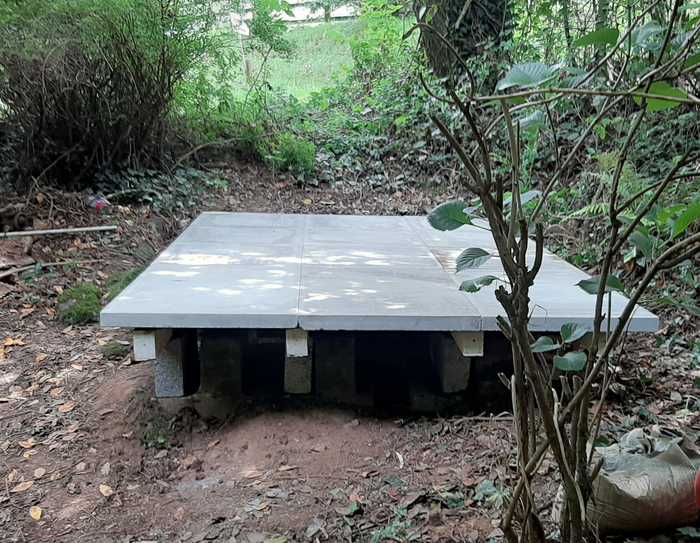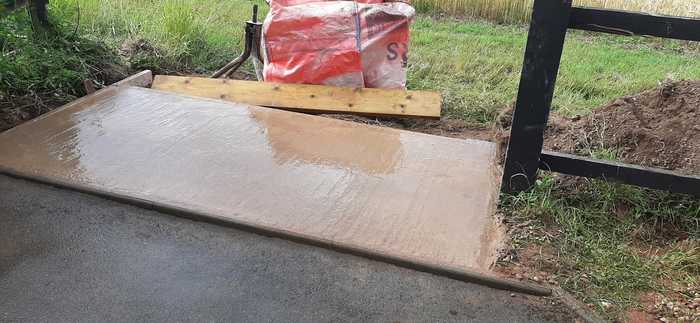What Base Do I Need For My Oil Tank?

When installing a new, high-quality oil tank on your property—or replacing an old one that’s become unfit for purpose—you’ll need to ensure that the oil tank base you choose is of equal quality, installed with the same degree of care, and fully compliant with strict OFTEC requirements.
Here at CT Tanks, you can be sure that all the work that goes into installing an oil tank base is carried out to the highest level of industry standards, giving you peace of mind that the structure will stand the test of time. Let’s take a look at some of the features we must consider before installing the right base for your tank.
Assured quality of construction
If you need a new oil tank base to be fitted on your property, it will either need to be raised or at ground level, depending on your tank’s location. After evaluating the conditions of your intended placement, our team of expert installers will either dig out and concrete the bases to the suitable dimensions for your chosen tank—or install raised platforms using plinths and paving slab bases.
When preparing the site of your domestic tank, our installers build concrete and slab bases as required—to maximum the service life of your system, and, ultimately, keep your property both safe and warm.
Build and design
While many of the industry regulations cover the design and build of the tank itself, it’s also vital that the base is also fit for purpose. One feature that we must consider is the weight of a full tank. Generally, fuel oil weighs approximately one tonne per 1000 litres, plus the weight of the tank. Domestic heating oil tanks can have a capacity of up to 3500 litres, so the aggregate weight could be as much as 3.5 tons.
With these figures in mind, it stands to reason that the supporting base must be sturdy and stable enough to withstand this weight, irrespective of the ever-changing ground conditions on which your tank is installed. If the base is not able to keep structural integrity across the footprint of the tank, it could lead to leakage and even fractures of pipes or the tank itself.

Choosing the right materials
It’s crucial that the base is both level and constructed of a non-combustible material such as solid concrete, paving stones or stonework, and installed on a suitably prepared bed which extends by a minimum of 300mm beyond the tank’s perimeter. In the instance of using pre-cast concrete slabs for your base, each block must be at least 50mm thick, while cast concrete bases are required to be at least 100mm thick with a hardcore sub base—offering some degree of impenetrability in order for the soil to be protected in the event of a minor spillage.
Location considerations
Another feature that must be considered is the siting of the tank itself. This is a particular concern if you’re replacing an existing tank, as the current location may no longer comply with the most up-to-date regulations. Importantly, your tank must be placed where the risk of fire spreading from nearby structures to the tank is at its lowest.
Installing an oil tank within an internal structure, such as a garage or annex building, is generally to be avoided, due to the undesirable, potentially harmful fumes and the increased fire risk. If an indoor installation is your only option, the tank must be fully enclosed within a 60-minute fire-rated chamber.
How can CT Tanks help?
CT Tanks have years of knowledge and experience when it comes to oil tank base installation. If you’d like any advice or guidance, to find the right installation solution for your tank, please feel free to get in touch with the team. We’d love to chat!
Posted on September 30th 2022

